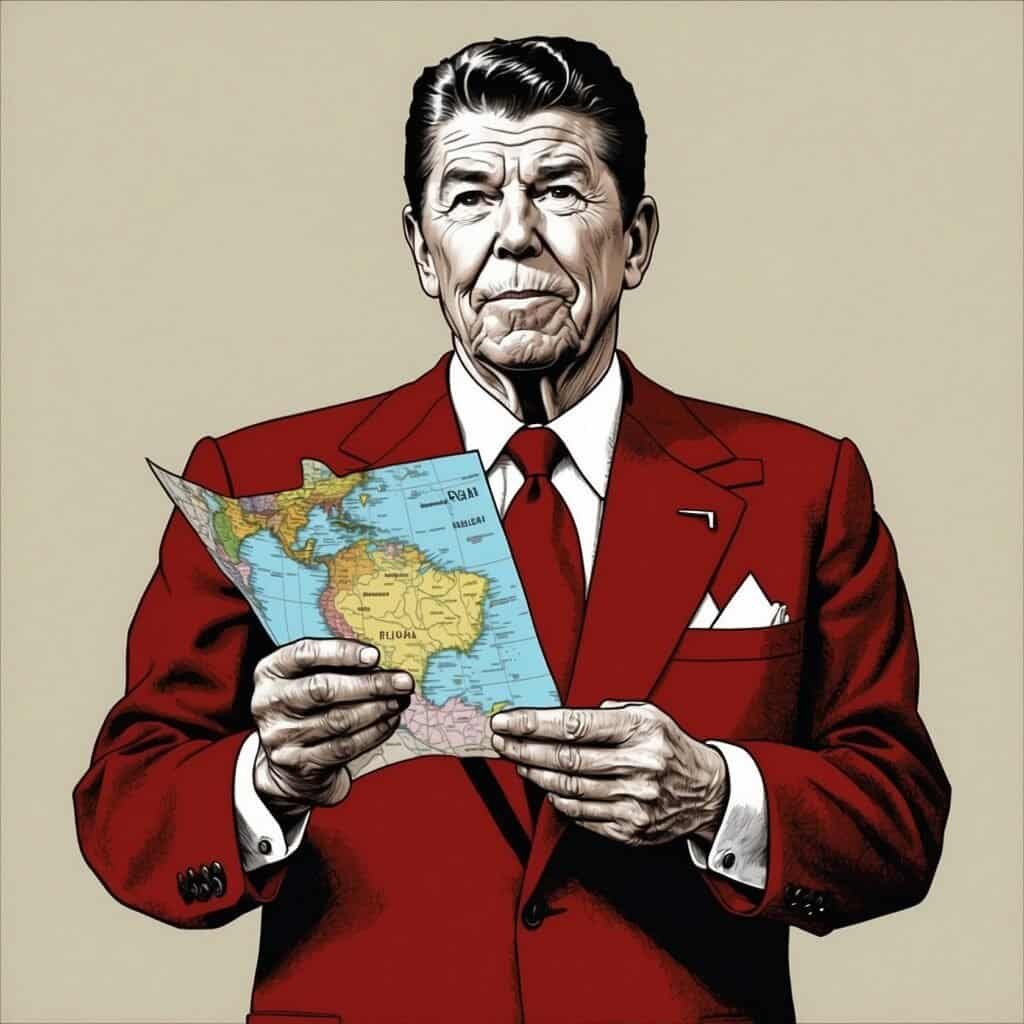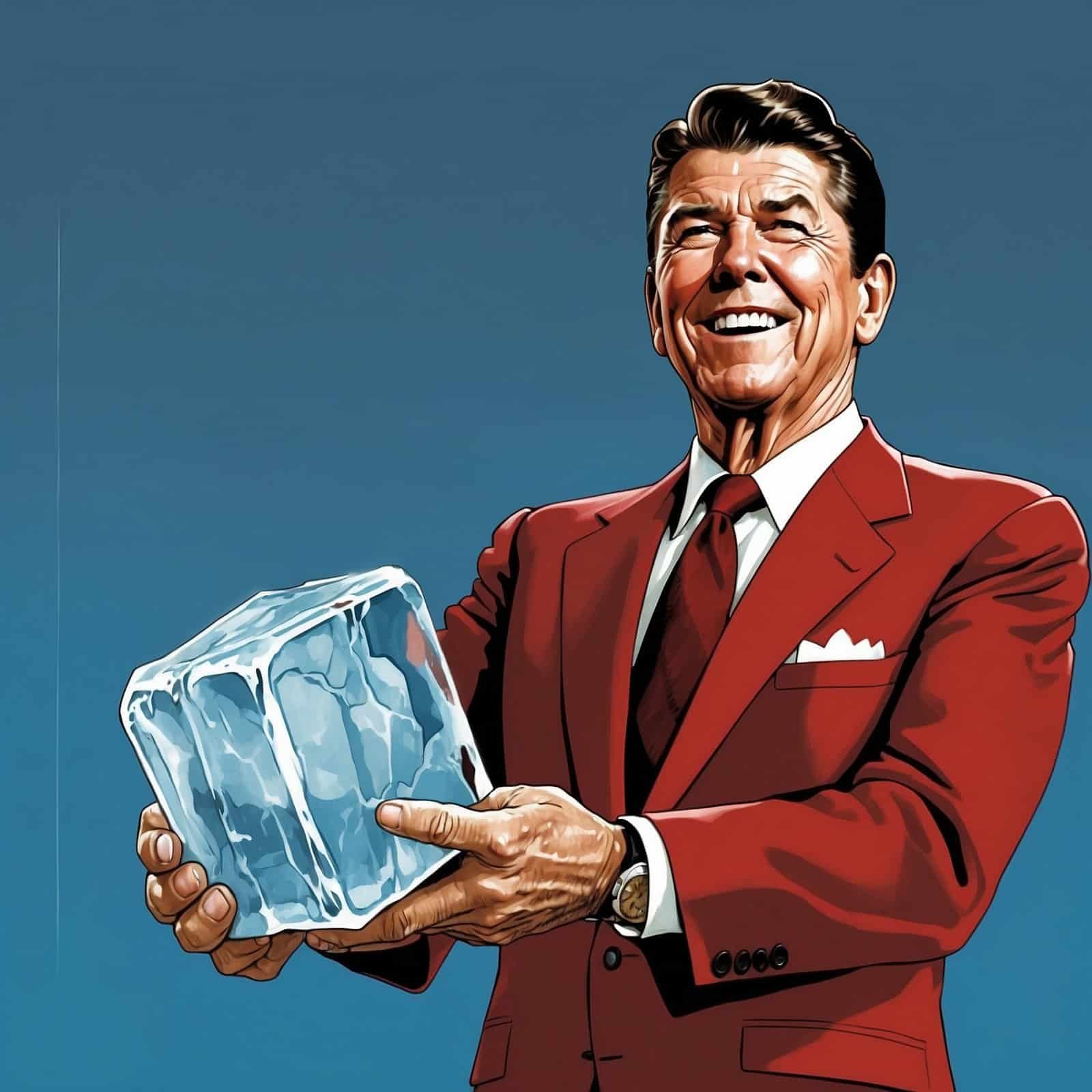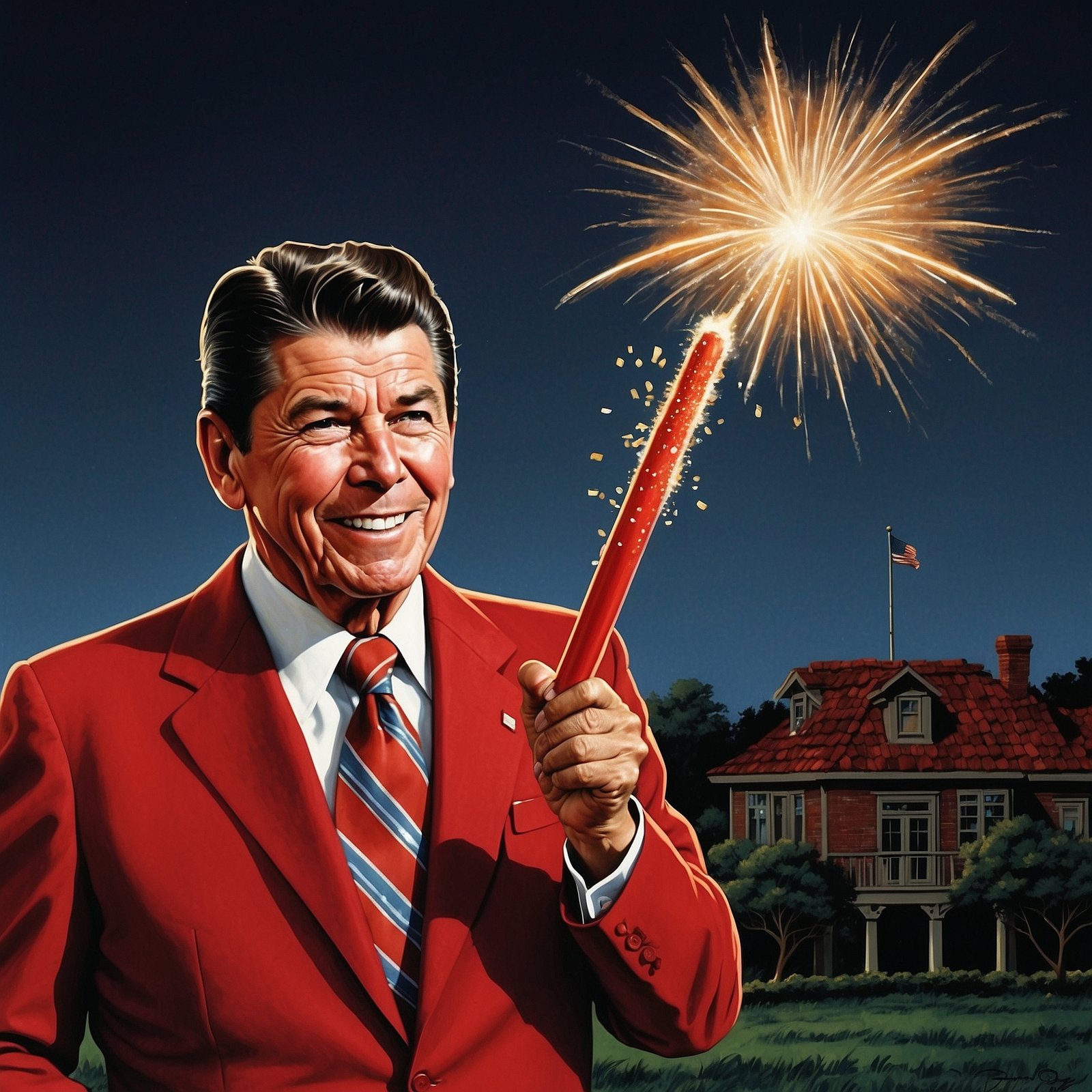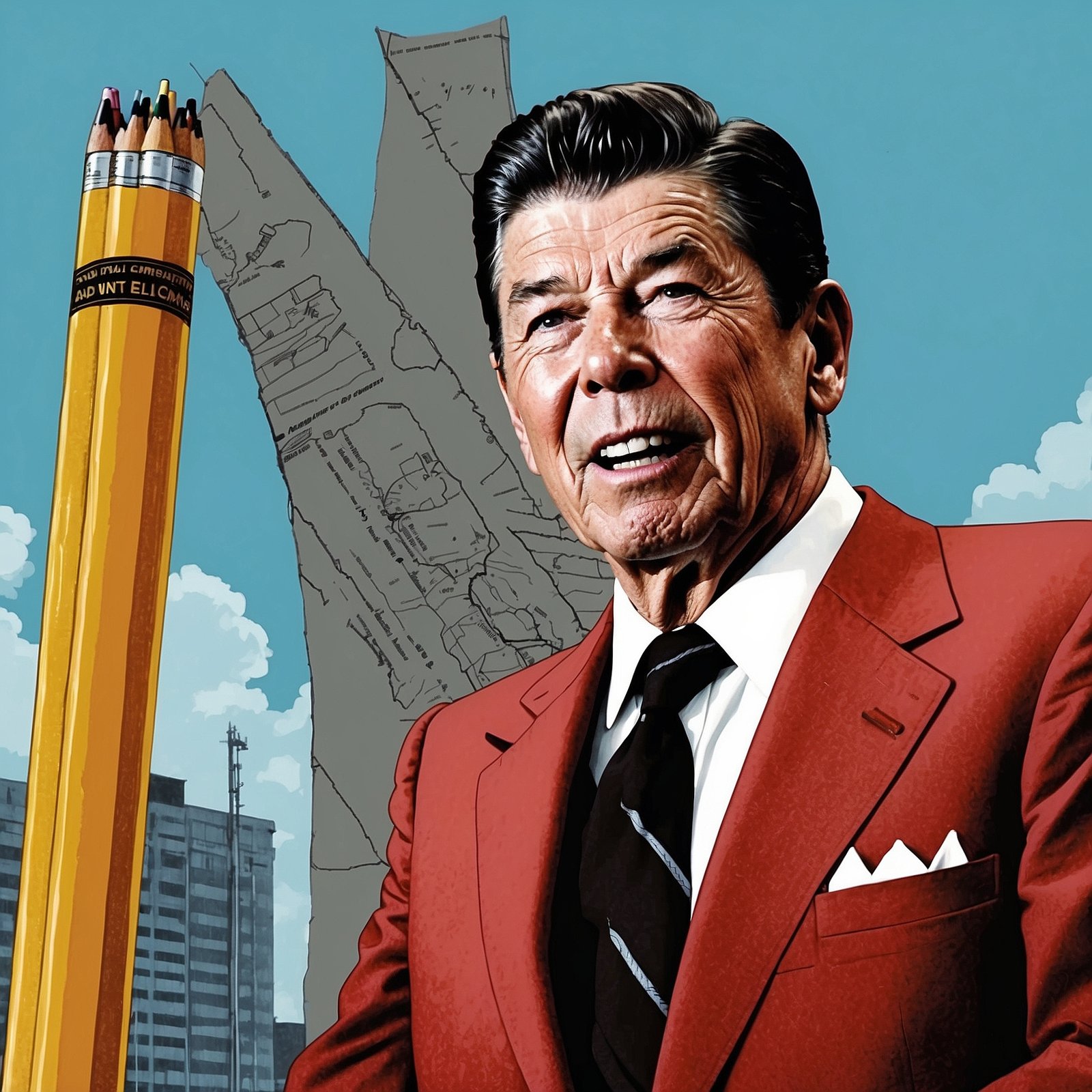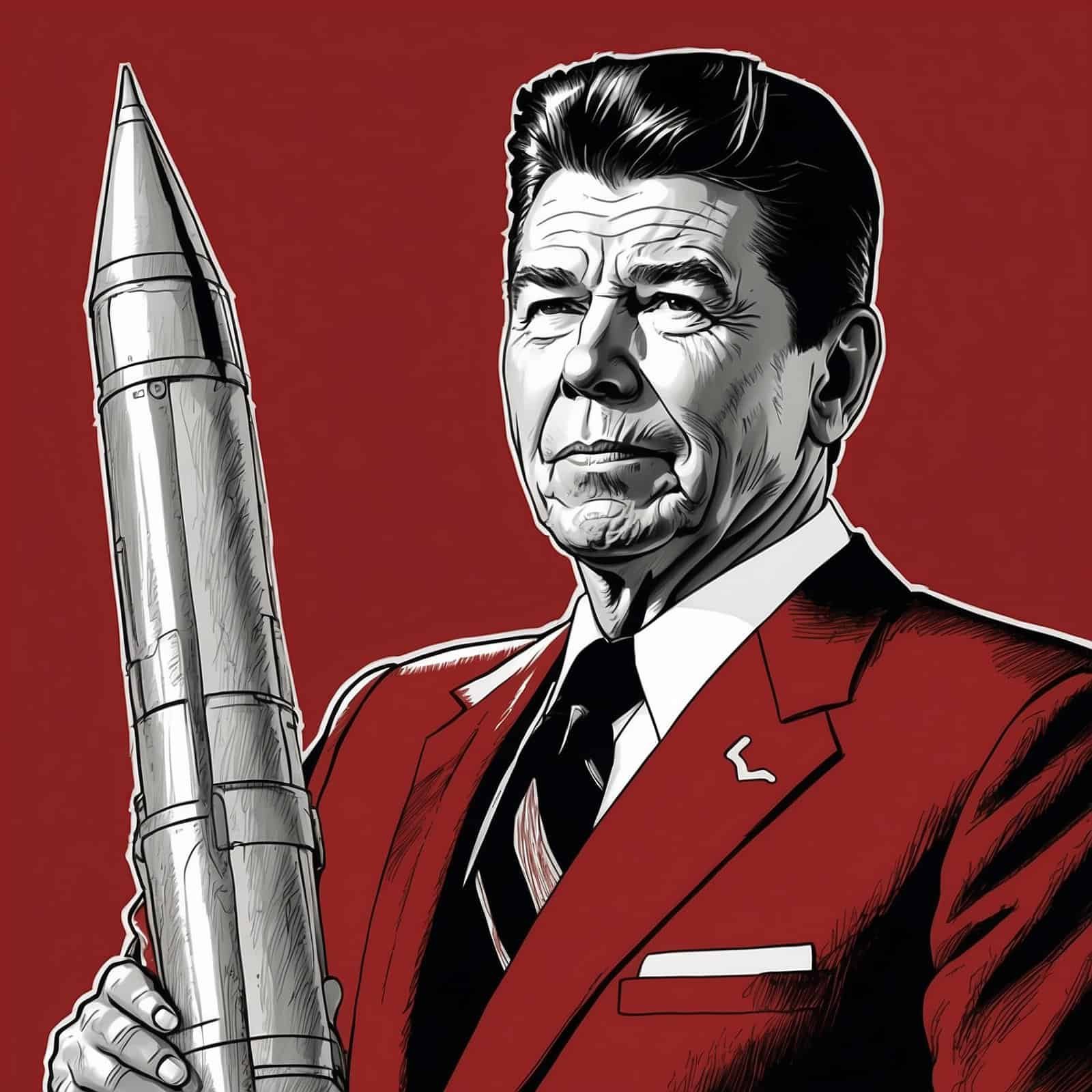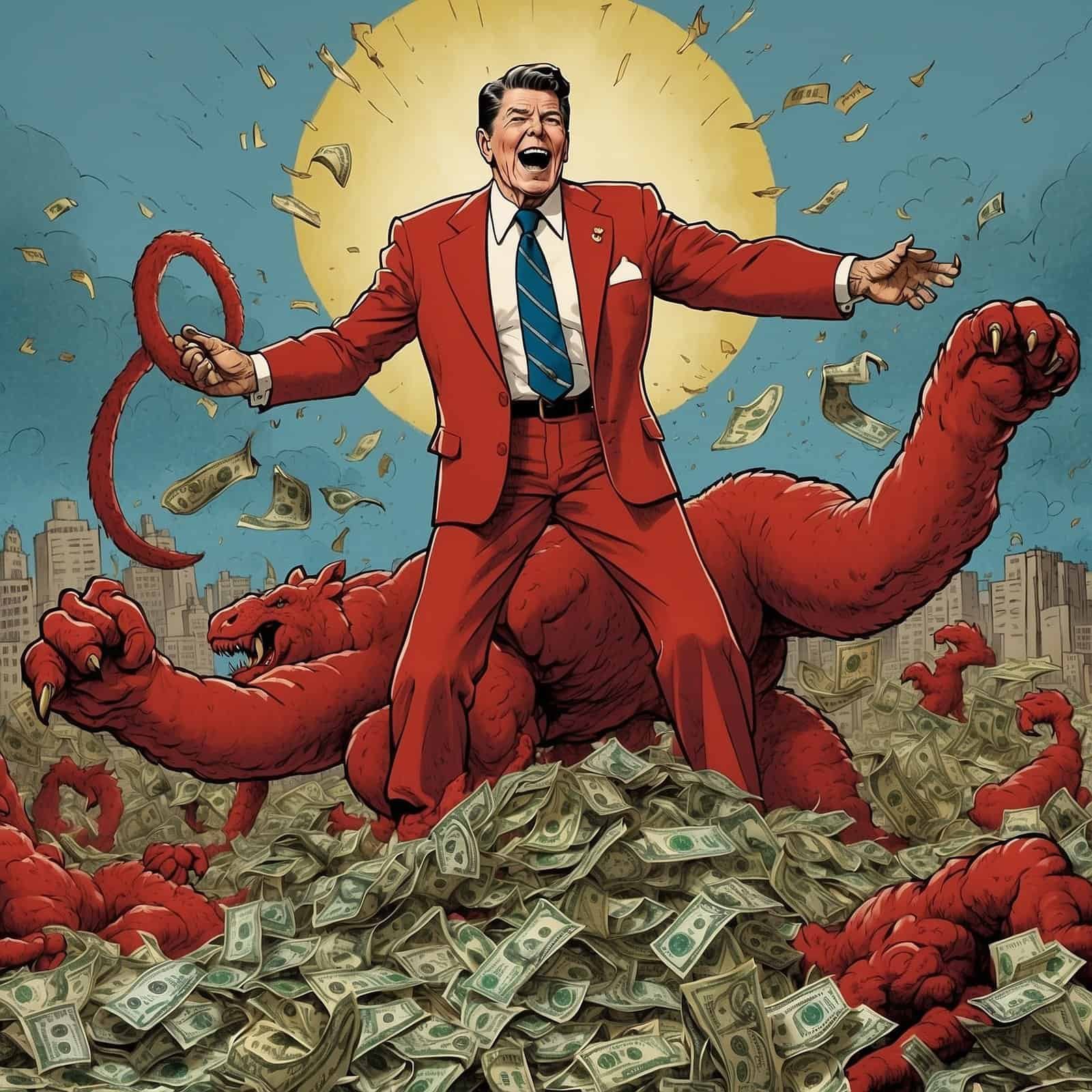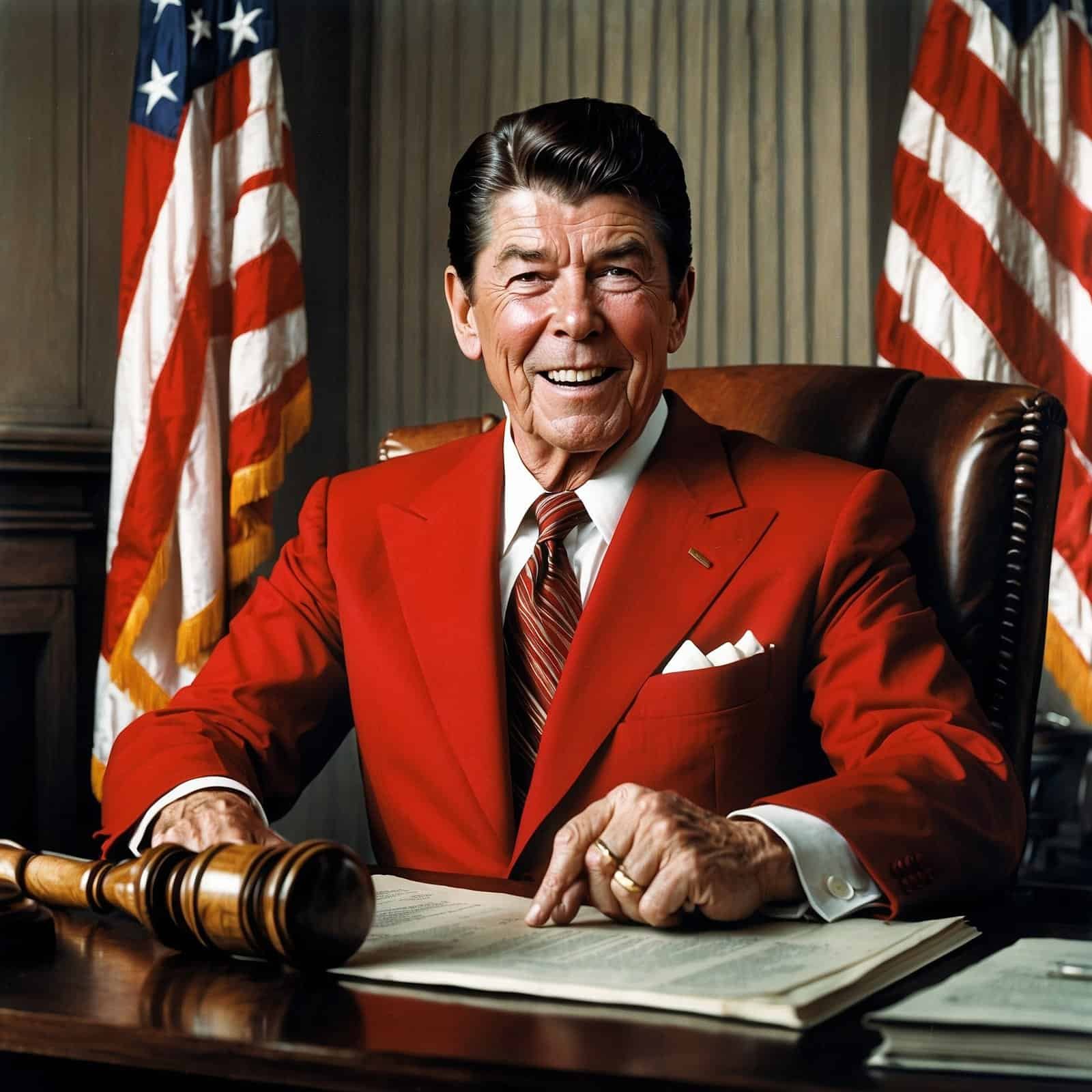Ah, the 1980s! A time when hair was big, music was loud, and Ronald Reagan was busy making America great again. While Democrats were still trying to figure out how to spell “foreign policy,” Reagan was already ten steps ahead, playing geopolitical chess like a grandmaster.
Reagan’s NATO Expansion: More Than Just a Policy
Let’s rewind to the 1980s—a time when Ronald Reagan, with his characteristic mix of charm, wit, and sharp diplomatic skills, was reshaping global alliances to protect freedom and democracy. Reagan’s push to expand NATO wasn’t just another boring policy; it was a brilliant move rooted in conservative values. He knew that a strong defense and smart international partnerships were key to keeping America safe and sovereign.
Now, for those who slept through history class (we’re looking at you, AOC), NATO, or the North Atlantic Treaty Organization, was formed back in 1949 to keep those pesky Soviets in check and protect Western democracies. By the time Reagan took office in 1981, the Cold War had been dragging on longer than a Democrat filibuster. Reagan, being the visionary he was, knew that beefing up and expanding NATO was crucial to keep the world stable and America’s interests secure.
Reagan’s Vision: NATO Beyond Borders
Reagan didn’t see NATO as some exclusive club with a “No New Members” sign. Oh no, he saw it as a growing alliance that needed to roll with the punches of a changing world. He pushed for new member states that shared America’s love for liberty and democracy. It was like creating the ultimate “Freedom Fighters” squad, ready to give Soviet communism a run for its money.
Reagan’s NATO Expansion Strategy
- 🚀 Boost military capabilities
- 🤝 Strengthen ties with European allies
- 🌐 Include new democratic states
- 💪 Project a united front against Soviet aggression
- 🕊️ Maintain peace through strength
Reagan in Action: Making NATO Great Again
So, how did Reagan work his magic on NATO? First, he pumped up the alliance’s military muscles. While Democrats were busy knitting “No Nukes” sweaters, Reagan increased U.S. defense spending faster than you can say “Star Wars Defense System.” This wasn’t just about hoarding weapons; it was about staying ahead in the tech game and being ready to face any threat head-on.
But Reagan wasn’t all “shoot first, ask questions later.” He was also a smooth talker when it came to diplomacy. He sweet-talked European allies and smoothed over Alliance rifts like a pro. Reagan knew that a united NATO, where everyone pulled their weight, was key to keeping the West safe. His no-nonsense foreign policy and unwavering commitment to NATO’s principles breathed new life into the alliance.
Reagan’s Approach: Out with the Old, In with the Bold
Reagan’s strategy was a far cry from the wimpy “containment” policies of previous administrations. While they were content to play defense, Reagan went on the offensive, working to shrink Soviet influence and cheer on democracy worldwide. By pushing for NATO expansion, Reagan set the stage for future leaders to welcome former Eastern Bloc countries into the alliance. It was like throwing the ultimate “Welcome to Democracy” party, and everyone was invited (except the Soviets, of course).
Critics and Supporters: The NATO Expansion Debate
Now, some naysayers (probably the same folks who thought the Berlin Wall was a great idea) argue that expanding NATO just made the Russians grumpy. But Reagan and his supporters knew better. They saw a strong, united NATO as the ultimate “Keep Out” sign for Soviet aggression. Expanding NATO wasn’t just about beefing up European defenses; it was about creating an unbeatable team of democracy all-stars.
Reagan’s NATO Expansion: By the Numbers
| Metric | Before Reagan | After Reagan |
|---|---|---|
| NATO Member Countries | 15 | 16 |
| US Defense Spending (% of GDP) | 4.9% | 6.0% |
| Soviet Union’s Influence | High | Declining |
| Democratic Countries in Europe | Limited | Increasing |
The Conservative View: Reagan’s NATO Masterstroke
From a conservative standpoint, Reagan’s push to expand NATO was pure genius. It hammered home the importance of strong international alliances based on shared values and goals. More importantly, it showed that peace comes through strength and preparedness, not by singing “Kumbaya” with dictators (looking at you, modern-day Democrats). Reagan’s strategy proved that collective defense isn’t just about protecting borders; it’s about safeguarding freedom and democracy worldwide.
Conclusion: Reagan’s Lasting Legacy
In the end, Ronald Reagan’s advocacy for NATO expansion wasn’t just another policy decision—it was a testament to his visionary leadership and commitment to conservative principles. By investing in defense, fostering unity among allies, and welcoming new democratic states, Reagan fortified an alliance that’s still a cornerstone of global security today.
So here’s to Ronald Reagan—a leader who didn’t just maintain the status quo but expanded the frontiers of global democratic defense. While today’s liberals struggle to find Syria on a map, Reagan’s legacy continues to shape the world. Now that’s what we call making America—and the free world—great!
Table of Contents
- Reagan’s NATO Expansion: More Than Just a Policy
- Reagan’s Vision: NATO Beyond Borders
- Reagan in Action: Making NATO Great Again
- Reagan’s Approach: Out with the Old, In with the Bold
- Critics and Supporters: The NATO Expansion Debate
- The Conservative View: Reagan’s NATO Masterstroke
- Conclusion: Reagan’s Lasting Legacy
